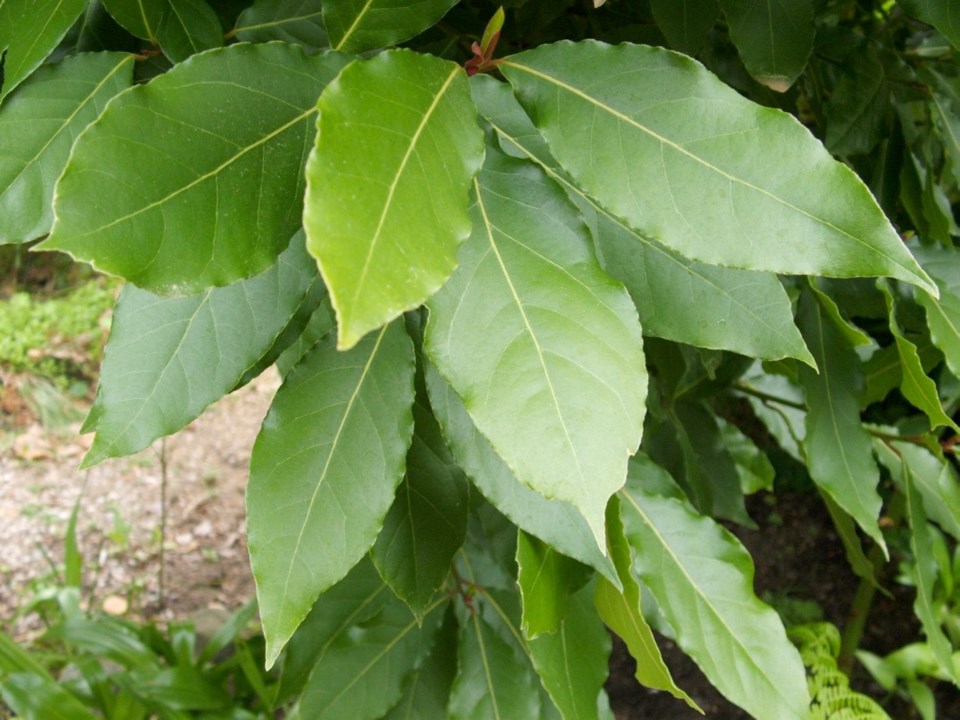Dear Helen: Around mid-summer of this year an odd plant appeared in a hot, dry part of my garden where the soil is poor and sandy. By November the plant was 30 cm high and around 50 cm across. Several smaller plants grow alongside this main plant. I have identified it as Agave desmettiana. I think this is a tender plant that should not survive in my Duncan garden. How can I preserve it? Could a bird migrating north have dropped seed that produced the plant?
G.H.
Agave desmettiana (dwarf century plant) is a tender succulent hardy only to zone 9. It is unlikely to withstand the cold and especially the wet conditions of our coastal winters. Of all the agaves listed with Monrovia, a major wholesale supplier of plants to our local nurseries, only one is classed as hardy here. That’s “artichoke agave” (A. parryi var. truncata).
The plant must have arrived via dropped seed, from a bird, or even from the soil of a purchased plant grown in a nursery where agaves are produced.
Here, tender agaves are most safely grown in containers placed outdoors in the summer; however, you have several options, especially considering that the main plant has produced offsets.
First, I’d separate some of the offsets from the mother plant and carefully lift each one with a good clump of soil around it. Pot the offset plants, separately or in a communal, shallow pot using a fast-draining, open-textured soil. Winter the plants in cool temperatures, around 10 C, and bright light. Water infrequently over the winter.
You can do this with all the offsets and the mother plant, or experiment with an outdoor wintering by arranging a rain shelter, such as a securely propped up pane of glass, over the plant. Be prepared to cover it with old, light curtaining or floating row cover fabric as temperatures approach freezing. Take care not to smother the plant. Remove any covering as temperatures warm a little.
Dear Helen: When you refer to “sweet bay,” which you identify as Laurus nobilis, is this the plant with leaves used to flavour soups, stews and sauces? Is it a plant that can be grown here?
A.C.
Yes. Confusion does arise because of different names given to the plant — sweet bay, sweet laurel, Indian bay, Grecian laurel. It’s crucial to distinguish this fragrant evergreen tree, the only “laurel” used for culinary purposes, from the strictly ornamental “laurels” commonly used as hedging, such as English laurel (Prunus laurocerasus). These ornamentals are not edible. The berries in particular are highly toxic.
Sweet bay is an ancient plant, sacred to the Greeks and symbol of excellence, wisdom and renown in Roman times, when a bay wreath was a mark of excellence for poets and athletes. The name Laurus nobilis means “praise” (laurus) and “famous” (nobilis). The word Laureate means “crowned with laurels” as in “Poet Laureate.”
This tree does well in most coastal gardens. Once a plant takes hold in a landscape, it grows rapidly. I prune my vigorous tree this month and tie branches together with raffia to make gift swags for Christmas.
Coming up. In Saturday’s column, I’ll write about gifts for gardeners.
Garden events
Russell workshops. Russell Nursery, 1370 Wain Rd. in North Saanich, is offering the following holiday workshops. Cost for all classes is $40 plus GST. Includes all materials. To reserve a space, call 250-656-0384. Bring hand pruners. You may also want to have lightweight garden gloves.
• Holiday arrangements, Friday, Dec. 15, at 1 p.m. and Saturday, Dec. 16, at 1 p.m. Create a long-lasting table arrangement for a hall or coffee table, dining room or mantle. Bring your own container if you have a favourite you’d like to use.
• Wreath making, Monday, Dec. 11 at 10 a.m.; Saturday, Dec. 16, at 10 a.m. or 1 p.m.



